Excessive inventory is one of the pitfalls that can trap even the most experienced professional sellers. This is particularly true for Amazon sellers who often have to deal with fast-moving inventory that can easily become obsolete. Whether it’s due to a misjudgment of how fast an item would sell, or simply a rush to get as much profit as possible, holding too much inventory can lead to higher storage fees and lower profit margins.
Luckily, Amazon has launched a new inventory system that gives sellers more control over how much space their stocked items take up in an Amazon FBA warehouse. With this new system, sellers can combine weekly restock limits and storage limits into a single monthly capacity limit. As a result, it will become much easier for sellers to know exactly how much they can store in their warehouses at any given time without incurring additional costs.
This comprehensive guide will walk sellers through everything they need to know about liquidating excess inventory from Amazon FBA warehouses. The blog will cover everything from what “dead inventory” means, to the various methods for liquidating it quickly and profitably, so keep reading!
Table of Contents
What is inventory liquidation?
Why should Amazon sellers liquidate their excess inventory?
When should sellers liquidate their Amazon inventory?
How can Amazon sellers liquidate their inventory?
Don’t keep too much money tied up in stock
What is inventory liquidation?
Inventory liquidation is the process of getting rid of an entire lot of merchandise that has become obsolete due to changes in demand or other factors such as the product life cycle. Liquidating the inventory allows sellers to free up storage space, make room for new products, reduce overhead costs, and increase profitability in the long run.
The life cycle of a product can affect its obsolescence rate—the longer the life cycle, the less likely something will become obsolete. For instance, an item like a book may have a longer life cycle than an edible item like a chocolate bar would have.
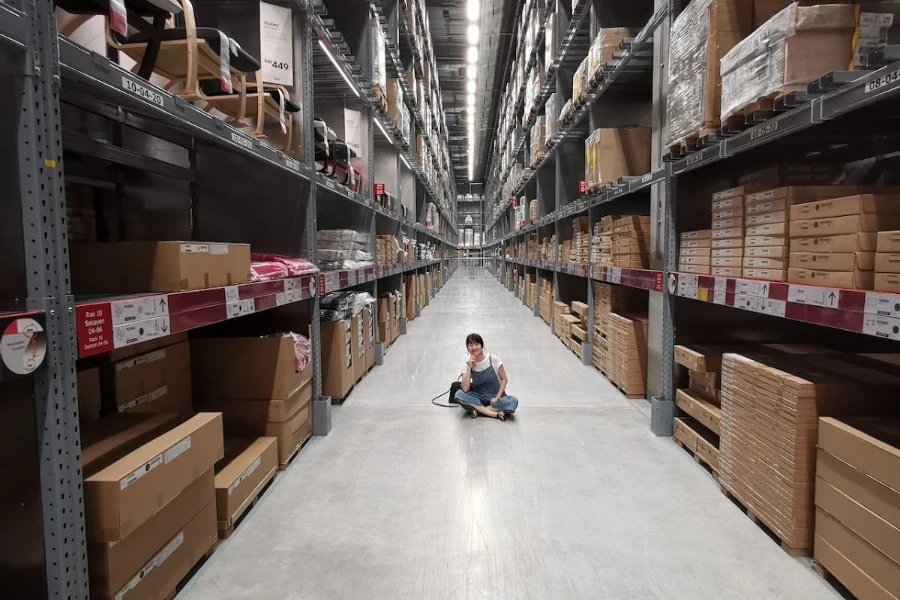
Why should Amazon sellers liquidate their excess inventory?
Amazon sellers, particularly those just starting, tend to hold onto extra inventory in the hopes that it will one day sell for a profit—but that’s not always the best idea. Here are four reasons why Amazon sellers should consider liquidating their excess inventory instead:
Avoiding extra storage fees
Holding onto unused stock is a waste of money—and in some cases, it could lead to a loss of revenue. Furthermore, many risks are associated with storing products for too long, like potential damage or theft. By selling off dead inventory through discounted liquidation, Amazon sellers can mitigate long-term storage fees and turn their unsold inventory into a profitable asset.
Improved cash flow
Liquidating excess inventory can help businesses improve their cash flow. By liquidating merchandise that has become obsolete or slow-moving, Amazon sellers can generate some much-needed capital for their business operations. This capital can be used for many things, such as investing in new products, launching marketing campaigns, or paying down debt.
Possibility to test new products
According to research conducted by Inc., more than 95% of new product launches fail. A practical method to avoid this fate is by liquidating excess inventory and freeing up space for new products to test the feasibility of new ideas on a small scale first. As a result, inventory liquidation allows Amazon sellers to gauge customer interest at a minimal cost before scaling up production for a larger-scale launch.
Increased sales velocity
Sellers who liquidate their excess inventory can benefit from an increase in sales velocity. This means that they can move more products in a short amount of time and get them out the door to new customers. This is often due to the sense of urgency created by the offered promotions and discounted deals. Customers get caught up in the FOMO mentality as they don’t want to miss out on the opportunity to save money.
When should sellers liquidate their Amazon inventory?

When thinking about excess inventory, it’s easy for businesses to feel like they are throwing money down the drain. But overstocking can be a necessary part of doing business if the seller is trying to build a buffer stock or if they have seasonal products that sell better during certain times of the year.
So how do Amazon sellers know when they should start selling off their dead inventory? Here are three signs that it might be time for an excess inventory liquidation:
Dead inventory is taking up space
Excess inventory is dead weight on the bottom line. Sure, it can be a great thing to have a buffer stock in case of emergencies, unexpected demand, or supply shortages. But when overstock products sit on shelves or in storage for months without selling, they are just draining the company’s resources and making it difficult to move products through the pipeline.
Long-term storage fees start eating away at profit margins
The best way to know if it’s time for a purge is to monitor the long-term storage fees and compare them to the amount of money expected from each product—while taking into account any other costs associated with selling the products. When the costs of storing inventory start eating into profit margins, it might be time for sellers to liquidate their excess Amazon inventory.
Products have a limited shelf life
Sometimes, products are just plain old—they are outdated, stale, or obsolete. This can happen with any kind of perishable product such as food items, cosmetics, and even electronics! These products have a limited lifetime and will eventually spoil if they are not sold before their expiration date. A good rule of thumb is to check the packaging of the products regularly and watch out for signs that they may be past their prime.
How can Amazon sellers liquidate their inventory?
Inventory liquidation can be done in-house or by using a third-party liquidator. This section will walk through the various methods that Amazon sellers can use to get rid of their unsold inventory.
Amazon liquidation program
Amazon is one of the world’s largest marketplaces, with over 1.5 million active sellers and 1,000 new sellers joining every day. With such fierce competition, it can be hard for sellers to keep up with their inventory—especially in a fast-moving and competitive marketplace like Amazon. This is why Amazon has implemented a liquidation program to help businesses clear out excess stock.

What is Amazon FBA liquidation?
The Amazon FBA liquidation program is a service offered by Amazon to help sellers liquidate their overstocked or excess items at a reduced price. The program works by collecting all of the overstock items, bundling them together, and then offering them at a reduced rate to wholesale liquidators.
Alternatively, these bundles can be sold to individual bidders in mystery boxes at a heavily discounted price. This way, Amazon gets rid of the excess inventory while also encouraging individual purchases through this program.
How does Amazon liquidation work?
Rather than disposing of their products for a significant loss, Amazon sellers can arrange to have their overstocked items sold to wholesale bidders through the FBA liquidation program. This will allow sellers to recoup an average net recovery value of up to 10% of the average selling price of their liquidated inventory.
But before sellers jump in and start liquidating their excess inventory like mad, they must keep in mind that this is not an auction-style listing—it’s a fire sale in which the net recovery value (NRV) of the liquidated items is determined by Amazon based on three factors:
- Overall sales history of the seller: seller performance, including recent sales history and customer feedback rating, is factored in to determine the estimated net recovery value;
- Sales history of the liquidated item: If a product has consistently sold at a high volume, it will have a higher net recovery value than if it sells only once in a blue moon;
- Average selling price: the average price of all the items in a particular category. Sellers can find it by searching for an item’s ASIN (Amazon’s unique identifier).
In addition to determining the NRV, sellers must account for Amazon fees when calculating their recuperating price. These extra rates include a processing fee per item sold, as well as a referral fee to promote the inventory to wholesale liquidators. Furthermore, there are certain legal requirements to be eligible for Amazon FBA liquidation.
Amazon sellers must register for VAT and obtain a registration document from the country where they intend to store their liquidated items. For more information on VAT requirements, check this help page on Amazon.
How to liquidate Amazon inventory with a removal order?
Excess inventory liquidation is a painless process with smooth and easy-to-follow steps. Here’s a straightforward guide on how to create a removal order on Amazon!
- First, log in to Seller Central and go to the “Inventory Planning” page;
- Search for the items in question from the list or by entering their ASIN number in the search box;
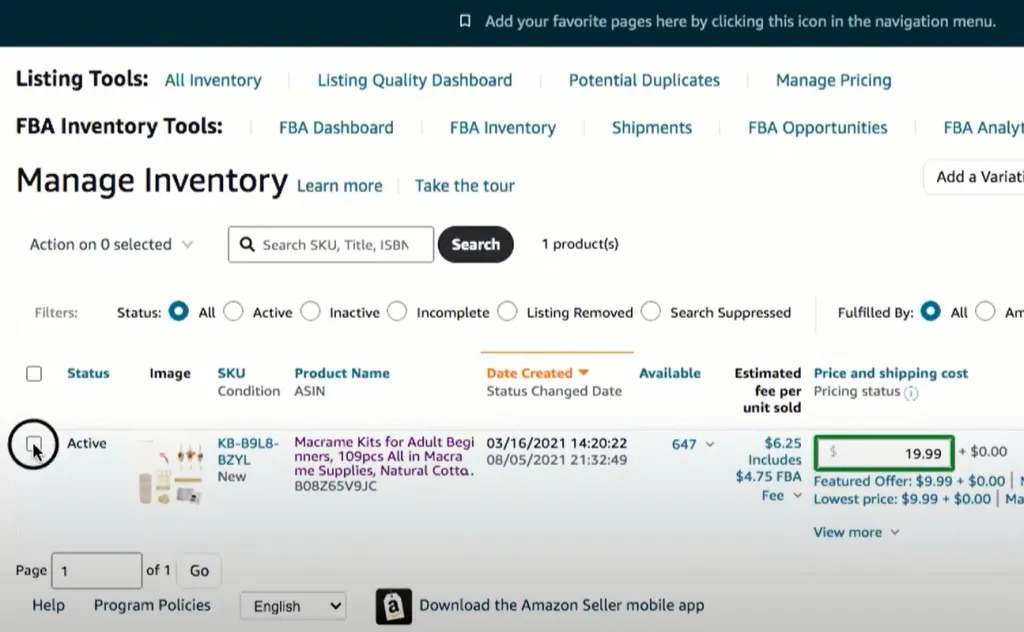
- To liquidate these items, click “Action” next to them and select “Create Removal Order” from the drop-down menu;
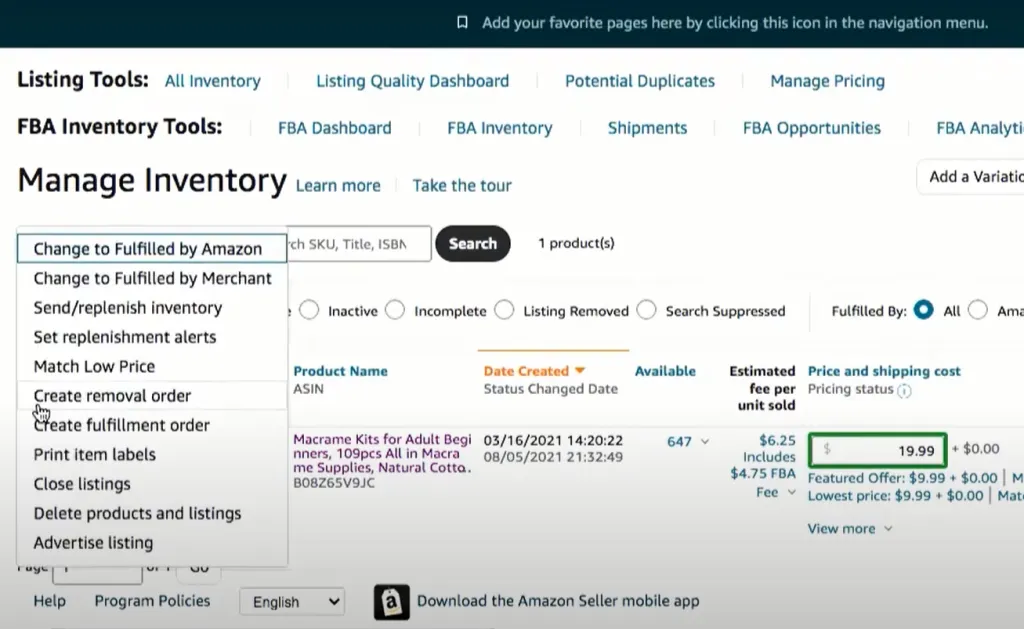
- On the “Recommended Removal” report that opens next, click on “Begin Removal Process” and select “Liquidations” in the drop-down menu next to “Removal Method“;

- As a last step, enter how many units to liquidate and click “Review.” The next screen will show a summary of the removal order. If everything looks good, click “Confirm Order.”
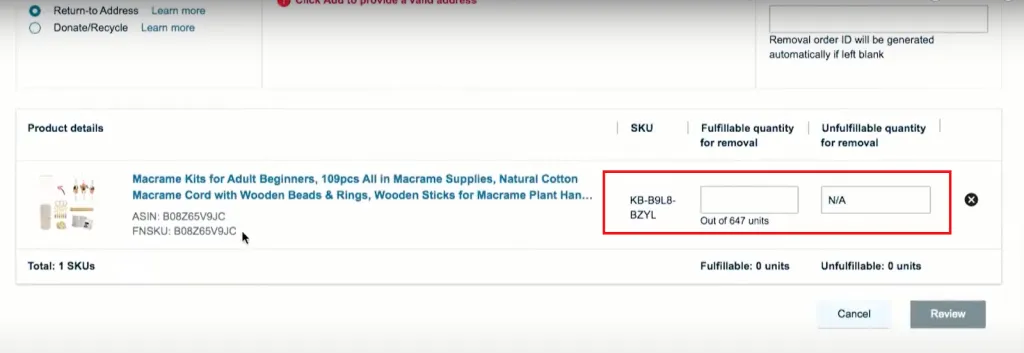
It’s important to note that once a removal order is confirmed, sellers cannot cancel it afterward. The recovered amount will be reflected on the seller’s account within 60-90 days of liquidation.
While the Amazon Liquidation program allows sellers to immediately remove their excess inventory from their shoulders, only up to 10% of its value will be recovered. But no worries! The following sections will reveal effective liquidation strategies to help sellers keep more of the excess inventory value in their pockets.
Run giveaway contests
People love getting free stuff! A giveaway contest is a fun way to get customers excited about a particular brand or product. Amazon sellers can run a giveaway on social media platforms like Facebook, Instagram, or TickTock.
The concept behind this method is to offer a prize (single or multiple products) and ask potential customers to tag their friends to gain the product(s) in question for free. The more people who enter, the more exposure the product will get. Sellers can then offer a discounted price for other customers who don’t win the contest but still want to acquire the product(s).

Offer big discounts
Discounted rates are especially effective if sellers have a loyal customer base. This method works by offering loyalty coupons to repeat customers, with the goal of encouraging them to place another order within a certain amount of time.
This sense of urgency will put customers in a mindset to make purchases, which drives them to get deals on multiple products. Even if they don’t need these products at the moment—they’re getting them just for the sake of saving money.

Create bundles/kits
Selling bundles or kits is a great way to liquidate excess inventory with a maximum recovery value. A bundling strategy involves selling multiple products together for a lower price than the individual items would cost if purchased separately.
The trick is to make sure that the items go well together—that is, they have complementary qualities that will appeal to customers. For example, if the excess inventory contains baby clothes, then sellers could offer a diaper-changing kit that includes wipes, diaper rash cream, and diapers.

Sell to competitors at a wholesale price
Selling to industry competitors is also an excellent way to liquidate dead stocks and get cash infusion in times of financial distress. Other businesses are always on the lookout for new products, especially at a steep wholesale discount. They can use the excess inventory to keep their shelves stocked or even mark it up and resell it for a profit.
While this might seem like a risky move, it can be quite beneficial if done right. In addition to offloading excess inventory, Amazon sellers will be able to build strong relationships with established businesses that may lead to future business opportunities and even joint ventures.
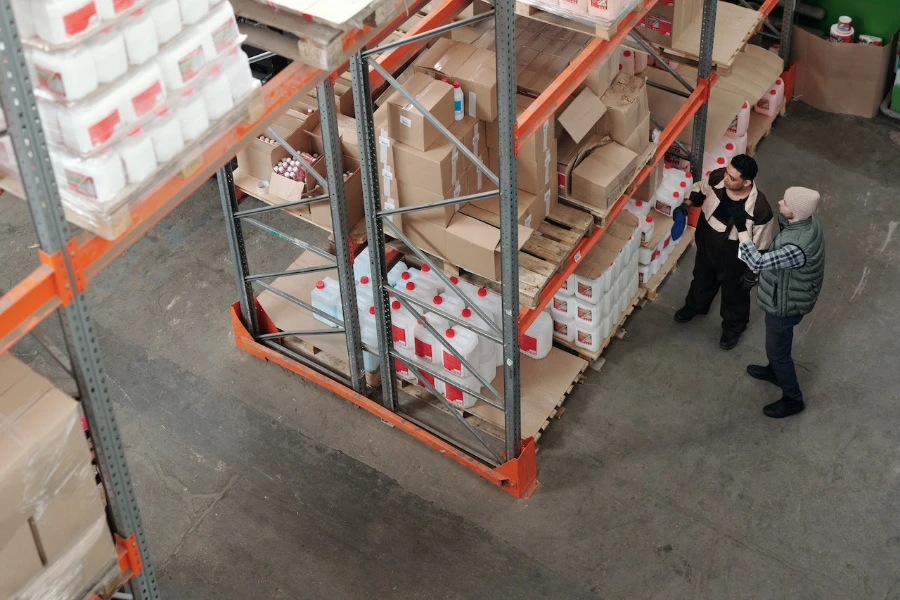
Don’t keep too much money tied up in stock
When Amazon sellers are caught with a bunch of excess inventory on their hands, it can be tempting to put it back in stock and hope for the best. But while this might help businesses avoid taking an immediate loss, it also means that they will bear unnecessary costs in the long run—and they could end up stuck with an abundance of items that have outlived their expiration date.
Whether Amazon sellers liquidate through Amazon FBA Liquidations or another method, such as giveaways and discount coupons, getting rid of excess inventory can help them save money by reducing costs while making room for more profitable products. To learn more about how to manage inventory efficiently, check out these 5 stock management techniques!


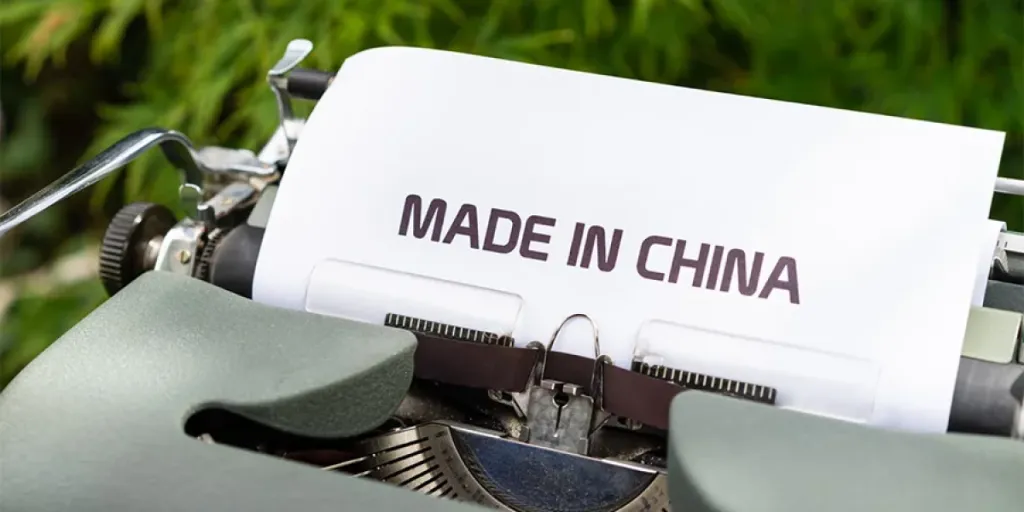
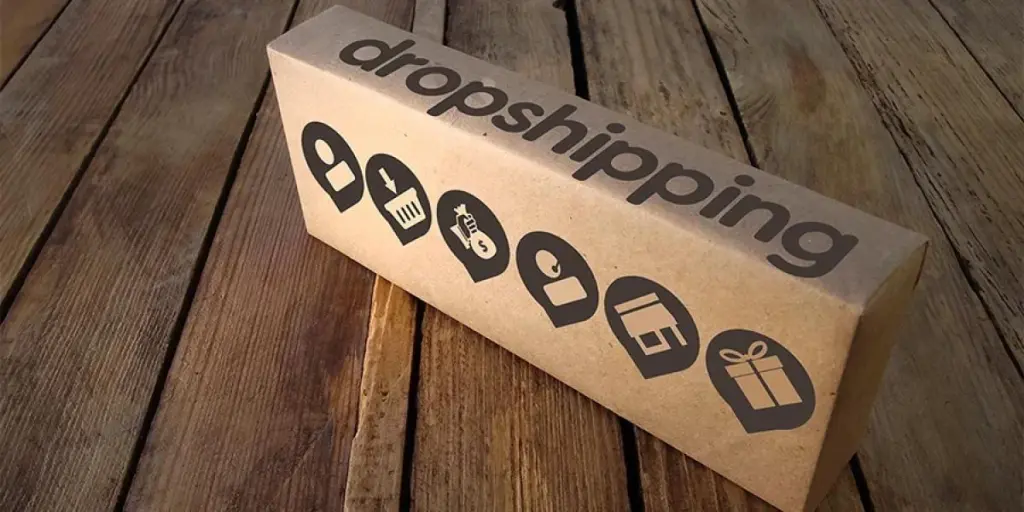
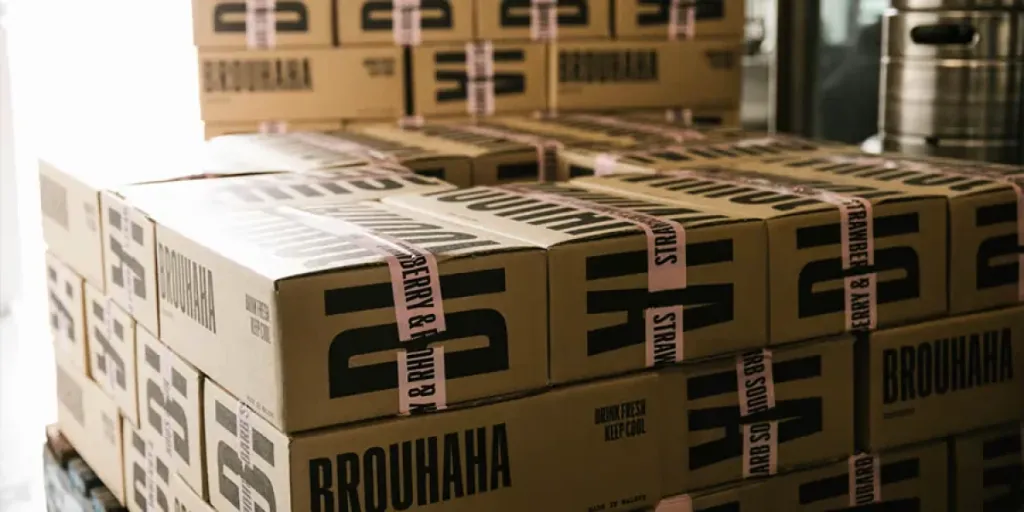
 Afrikaans
Afrikaans አማርኛ
አማርኛ العربية
العربية বাংলা
বাংলা Nederlands
Nederlands English
English Français
Français Deutsch
Deutsch हिन्दी
हिन्दी Bahasa Indonesia
Bahasa Indonesia Italiano
Italiano 日本語
日本語 한국어
한국어 Bahasa Melayu
Bahasa Melayu മലയാളം
മലയാളം پښتو
پښتو فارسی
فارسی Polski
Polski Português
Português Русский
Русский Español
Español Kiswahili
Kiswahili ไทย
ไทย Türkçe
Türkçe اردو
اردو Tiếng Việt
Tiếng Việt isiXhosa
isiXhosa Zulu
Zulu